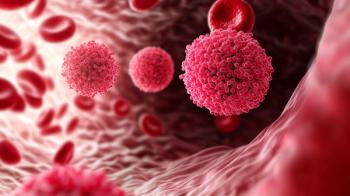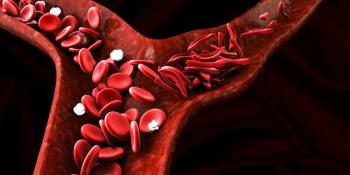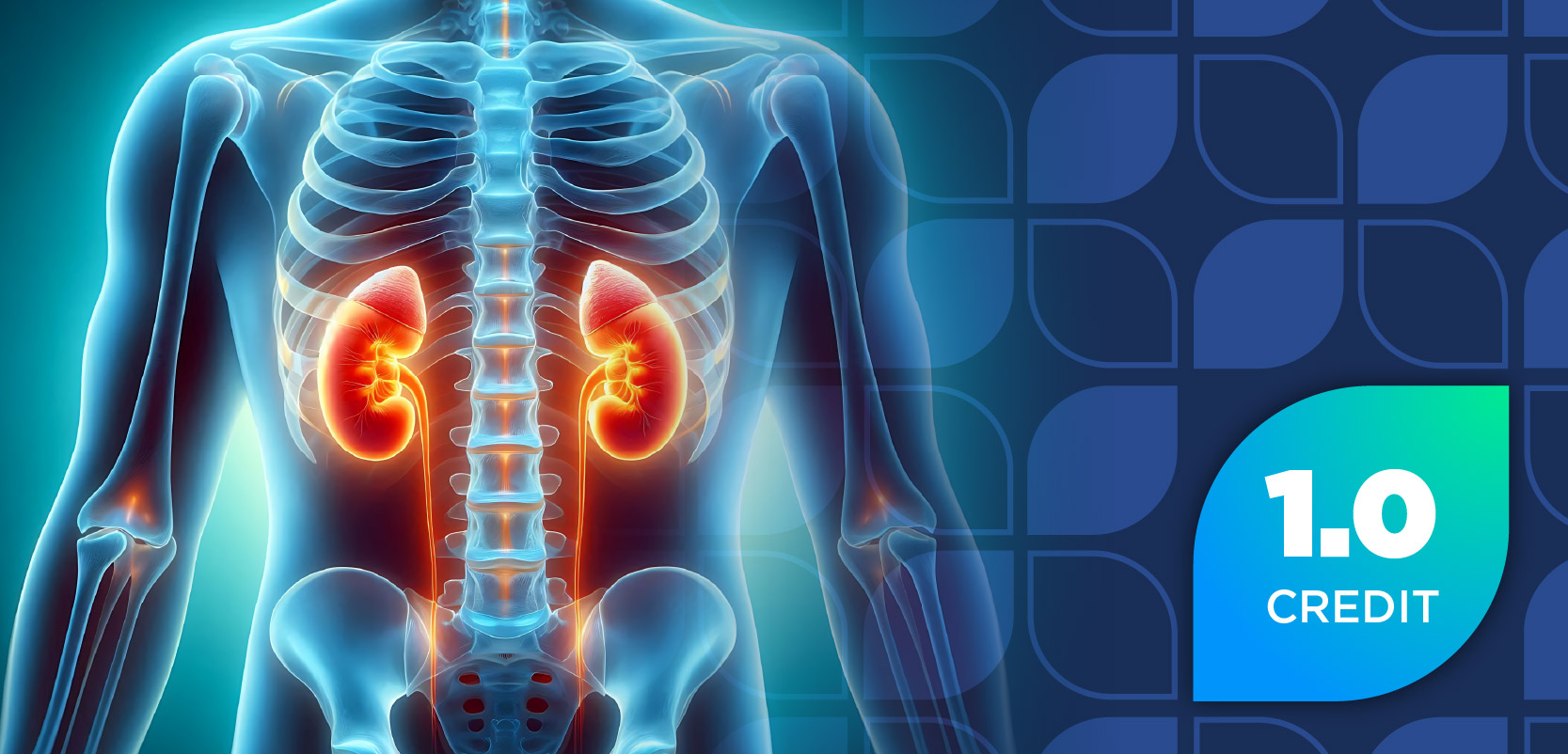
With Proper Adherence to Cholesterol-Lowering Drugs, Thousands of Cardiovascular Events Could Be Avoided
Key Takeaways
- Hypercholesterolemia is underdiagnosed, leading to increased cardiovascular disease risk despite effective cholesterol-lowering therapies.
- A significant portion of eligible patients do not receive guideline-recommended lipid-lowering therapies, highlighting a major treatment gap.
By closing the gap on patients who are recommended lipid-lowering therapies but do not receive them, researchers say that thousands of cardiovascular events could be prevented and billions of dollars would be saved.
Researchers at Johns Hopkins Bloomberg School of Public Health have found that, by closing the gap between the number of patients who are recommended cholesterol-lowering drugs and those who actually take them, nearly 100,000 nonfatal heart attacks and 65,000 strokes could be prevented in the US each year, according to the authors of a study published in the Journal of General Internal Medicine.1,2
How Hypercholesterolemia Can Heighten Cardiovascular Disease Rates
Hypercholesterolemia is underdiagnosed in patients across the country, representing a major gap in treatment given the significant risk for cardiovascular disease (CVD), atherosclerotic CVD (ASCVD), and coronary artery disease (CAD). Despite the rapid development of effective cholesterol-lowering medications, CAD remains a leading cause of death across the world.1,2
As mentioned, statins and nonstatin lipid-lowering therapies (LLTs) are often recommended by guidelines of major health associations, including the American Heart Association/American College of Cardiology guideline (2018 US guideline), the European Society of Cardiology/European Atherosclerosis Society guideline (2019 EU guideline), and the ACC Expert Consensus Decision Pathway (2022 US pathway). Despite the robust body of evidence indicating statins and LLTs are safe and effective at reducing CVD risk, many patients refrain from receiving such medications.1,2
The gap is large enough that about a quarter to half of individuals in the US are eligible but never acquire guideline-recommended therapy for high cholesterol, representing a major unmet need for thousands of patients. Previous assessments of statin underprescribing have yielded valuable insights but presented numerous limitations, including unanswered questions regarding the levels of health care gains that could be anticipated with improved adherence to LDL-C guidance.1,2
Because of the questions remaining in this area, the current authors sought to better elucidate the gaps in patients being recommended and receiving cholesterol-lowering guidance by their health care professional. They utilized a nationally representative sample of the US civilian population to estimate possible improvements in the pharmacologic treatment of lipids—and subsequent improvements in LDL-C and cardiovascular outcomes—when patients fully implemented major cardiovascular guidelines.1,2
Stronger Guideline Adherence Would Lead to Reductions in Absolute Levels of LDL-C
After exclusion of certain patients, the final study population encompassed 4980 adults. The analysis was performed using a sample from the US National Health and Nutrition Examination Survey, which took place from January 2013 through March 2020. They utilized patient demographic and clinical characteristic information to determine the extent of pharmacologic treatment of LDL-C based on the included guidelines—including the 2018 US guideline, 2019 EU guideline, and 2022 US pathway guideline. Using this information, they next estimated the projected clinical gains to result from the improved adherence to LLTs.1,2
Participants from the sample were collectively aged between 40 and 75 years and represented 131.1 million US noninstitutionalized adults. Median LDL-C in the population was 114 mg/dL, with just over a quarter of individuals reporting use of any lipid-lowering therapy, including statins and nonstatin therapies.1,2
According to their estimates of LLT utilization and recommendations, they found that many more patients were eligible for any LLT based on the guidelines than were receiving LLT. For the 14.8 million patients eligible for secondary prevention LLT, approximately 10.1 million patients (68%) received any LLT. For patients under each guideline, there were significantly fewer than expected receiving proprotein convertase subtilisin/kexin type 9 (PCSK9) inhibitors, representing millions of patients who were nonadherent to guidelines.1
Observed median baseline LDL-C of individuals that would be eligible for any LLT under any of the guidelines included 109 mg/dL for the 2018 US guidelines/2022 US pathway and 119 for the 2019 EU guidelines. If guideline-concordant care was established, the investigators estimated further 37.2 mg/dL (2018 US), 65.3 mg/dL (2022 US pathway), and 66 mg/dL (2019 EU) absolute reductions in LDL-C levels.1
With Greater Guideline Adherence, Fewer Major Cardiovascular Events Occur
Next, the authors determined the estimated number of events averted and the direct economic impact of fully adherent, guideline-supported care. For the 2018 US guideline, it is estimated that 39,196 fewer coronary deaths, 96,330 fewer nonfatal myocardial infarctions, 87,559 fewer coronary revascularizations, and 65,063 fewer strokes would occur each year, according to the investigators. Interestingly, they found that adhering to the 2019 EU guideline would lead to the largest number of events averted, whereas adherence to the 2022 US pathways fell in between the other guidelines regarding the events averted.1
Factors that can account for the documented gaps in adherence can include “differences in clinician training, patient preferences, barriers to accessing care, financial incentives that don’t always support best practices, and the difficulty of putting clinical guidelines into practice in busy, real-world settings,” G. Caleb Alexander, MD, lead study author and professor at Johns Hopkins Bloomberg School of Public Health’s Department of Epidemiology, explained in a news release accompanying the study results.2
Beyond direct health benefits to millions, overall additional reductions in relative risk of major CVD events under the 2018 US guidelines would translate to an estimated $25.3 billion reduction in annual direct health care expenditures, according to the investigators.1,2
These data showcase the broadly positive effects of greater adherence to LDL-C guidelines and emphasize the critical role that pharmacists and all health care providers have in proper patient education and counseling regarding the clear benefits of these therapies.1,2
“High cholesterol is an important chronic health condition that silently claims far too many lives—there are millions of people walking around with this condition that don't even know they have it, and then when it is recognized, it too often goes undertreated,” Seth S. Martin, MD, MHS, professor at Johns Hopkins University School of Medicine and senior study author, said in the news release. “Evidence-based action is critical to close the gap and prevent devastating cardiovascular events.”2
REFERENCES
1. Alexander GC, Curran J, Victores A, et al. US public health gains from improved treatment of hypercholesterolemia: A simulation study of NHANES adults treated to guideline-directed therapy. J Gen Intern Med. 2025. doi:10.1007/s11606-025-09625-0
2. Johns Hopkins Bloomberg School of Public Health. Tens of thousands of heart attacks and strokes could be avoided each year if cholesterol-lowering drugs were used according to guidelines. EurekAlert! News Release. Released June 30, 2025. Accessed July 9, 2025.
Newsletter
Stay informed on drug updates, treatment guidelines, and pharmacy practice trends—subscribe to Pharmacy Times for weekly clinical insights.



















































































































































































































